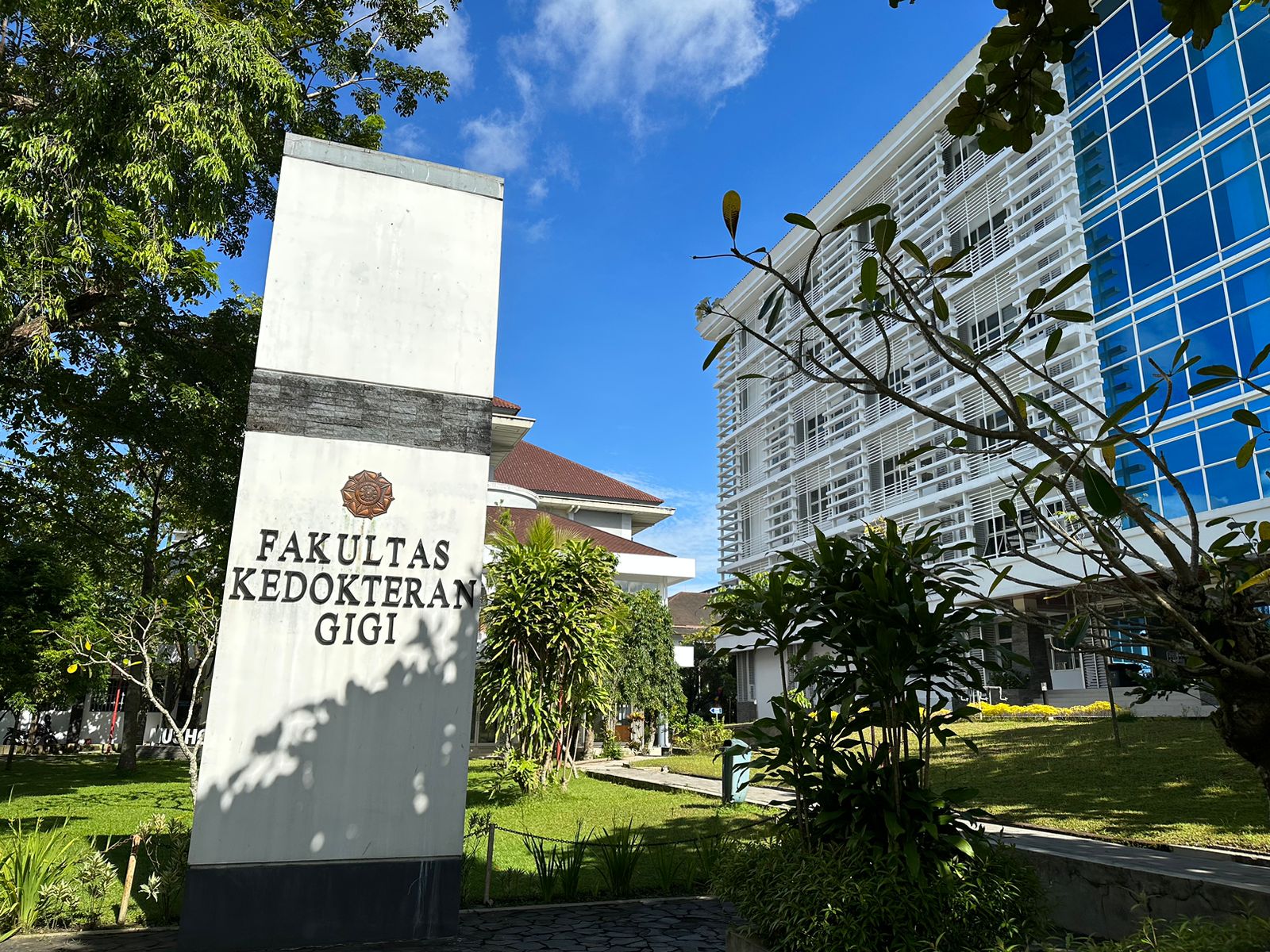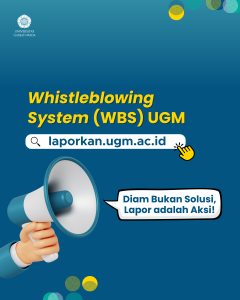On Friday, 22 November 2024, dental students gathered at the Integrated Laboratory on the 4th floor of the DLC for a biochemistry lab session focusing on lipid testing. Before starting the session, all students were required to wear lab coats, emphasizing safety and professionalism in the laboratory environment.
The primary objective of this biochemistry lab session was to provide hands-on experience and a deeper understanding of the biochemical reactions occurring in the human body. This session aligns with the Sustainable Development Goals (SDGs), particularly Goal 4: Quality Education, by ensuring students engage in practical learning that enhances their ability to apply theoretical knowledge in real-world scenarios.
Lipid testing is an essential component of biochemistry since lipids play a vital role in various biological processes. Lipids are characterized by their insolubility in water but solubility in organic solvents such as ether, chloroform, benzene, carbon tetrachloride, alcohol, and acetone. Understanding their properties and reactions is crucial for students pursuing careers in health and medicine.
During the lab session, students conducted several tests to identify the presence of lipids: Solubility and Emulsion Test. The first test assessed the solubility of lipids and the formation of emulsions, determining their behavior in different reagents. This experiment illustrated the unique properties of lipids and highlighted the importance of emulsification in biological systems.
Saturation Level Analysis. Another key aspect was identifying unsaturated fats, which is crucial for understanding dietary impacts on health. This knowledge is particularly relevant to promoting healthy lifestyles and nutrition, aligning with the SDG focus on health and well-being.
Acrolein Formation Test. This test examined the presence of glycerol, a fundamental component of triglycerides. The experiment provided insights into biochemical pathways involving lipids and their role in metabolism. For future dental professionals, understanding these pathways is essential as they relate to oral and systemic health.
Salkowski Test for Sterols. Students also performed the Salkowski test to detect the presence of sterols, which play a crucial role in cell membrane structure and overall health implications. This experiment helped students develop practical skills valuable for their future medical careers.
The session concluded with a discussion on the implications of lipid metabolism in health and disease. Students were encouraged to reflect on how their understanding of biochemistry can contribute to better health outcomes in their communities. This aligns with the SDG goals of promoting good health and well-being for all.
This lipid testing lab session provided essential biochemical knowledge and skills for dental students. By engaging in hands-on learning, students are better prepared to tackle health challenges and contribute to medical advancements, ultimately supporting the global agenda for sustainable development.
Contributor: Sri Pujiatun | Author: Al Haqi Insan Pratama



